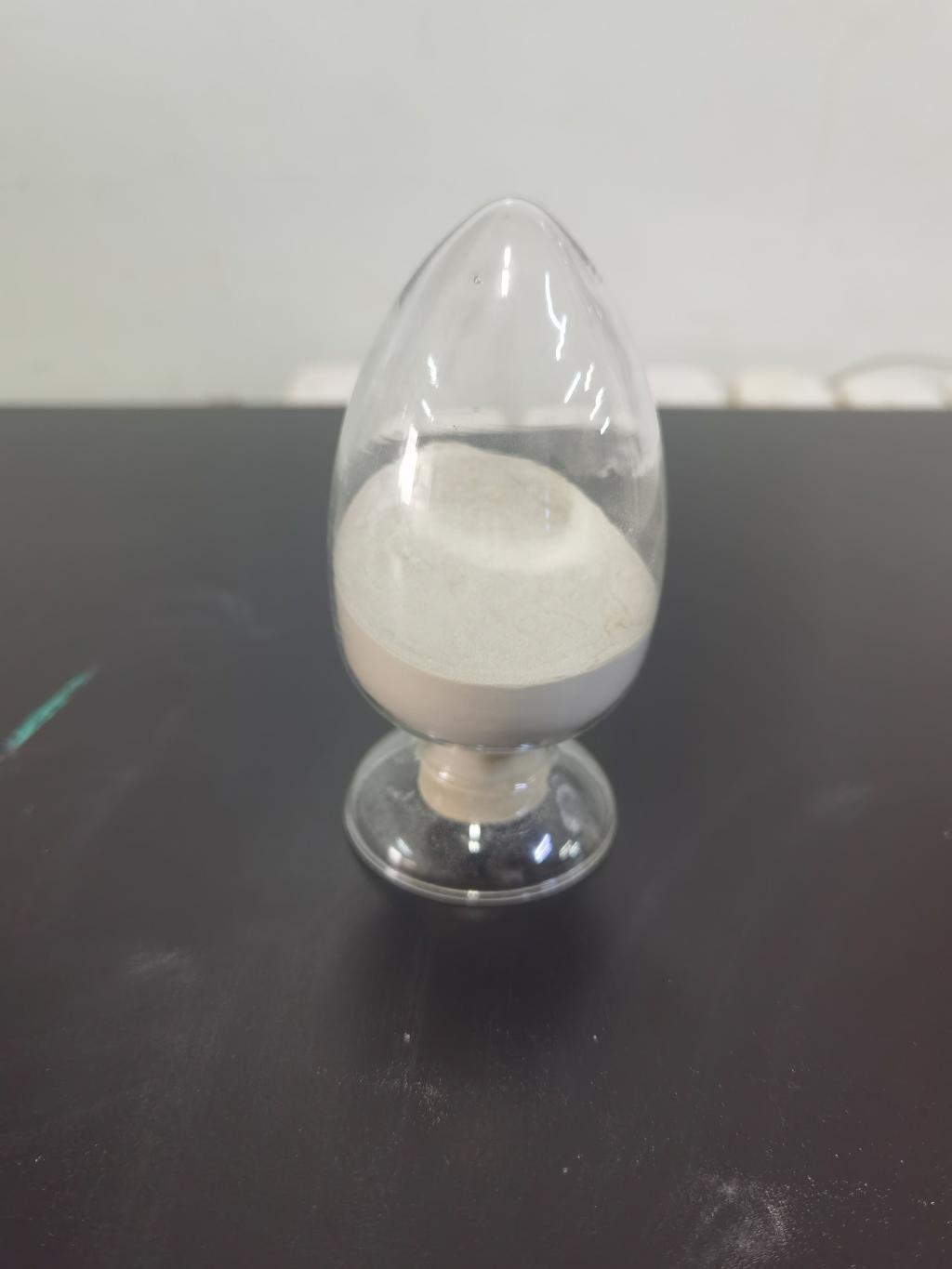Tel:+8618231198596

News
 CONTACT
CONTACT
 CONTACT
CONTACT
- Linkman:Linda Yao
- Tel: +8618231198596
- Email:linda.yao@dcpharma.cn
- Linkman:CHARLES.WANG
- Department:Overseas
- Tel: 0086 0311-85537378 0086 0311-85539701
News
Current Position:
Home >
News
>Are there any known factors that can affect the stability or effectiveness of Nisin?
Are there any known factors that can affect the stability or effectiveness of Nisin?
TIME:2023-06-21
Introduction:
Nisin, a bacteriocin produced by certain strains of Lactococcus lactis, is widely used as a natural preservative in the food industry. It offers several advantages over traditional chemical preservatives, such as its broad-spectrum antimicrobial activity, safety, and consumer acceptance. However, the stability and effectiveness of nisin can be influenced by various factors that need to be considered during product formulation, processing, and storage.
pH:
The pH of a food product plays a crucial role in determining the stability and efficacy of nisin. Nisin exhibits optimal activity in a slightly acidic to neutral pH range (pH 5-7). Extreme pH values (acidic or alkaline) can lead to the degradation of nisin and reduce its antimicrobial effectiveness. Formulating products with an appropriate pH range is essential to maximize the stability and efficacy of nisin.
Temperature:
Temperature is another critical factor affecting the stability of nisin. Higher temperatures can accelerate the degradation of nisin, thereby reducing its antimicrobial activity. The heat stability of nisin varies depending on the specific food matrix. Heat treatments during food processing should be carefully optimized to preserve the integrity and functionality of nisin.
Interactions with Other Food Components:
Interactions between nisin and other components present in food can influence its stability and effectiveness. Some food components, such as certain proteins or divalent cations, can bind to nisin and reduce its antimicrobial activity. Understanding these interactions and their impact on nisin's performance is important for formulating food products with enhanced stability and efficacy.
Processing Methods:
Various food processing methods, such as thermal processing, high-pressure processing, and enzymatic treatments, can affect the stability of nisin. The intensity and duration of these processes should be carefully optimized to ensure minimal degradation of nisin while achieving the desired microbial control. Additionally, the incorporation of nisin during processing should consider factors like solubility and dispersibility to ensure its effective distribution in the food matrix.
Storage Conditions:
Storage conditions, including temperature, light exposure, and oxygen levels, can significantly affect the stability of nisin in food products. Refrigerated storage is recommended to minimize the degradation of nisin over time. Proper packaging, such as oxygen barrier films, can protect nisin from oxidative degradation and maintain its antimicrobial effectiveness.
Synergistic or Antagonistic Interactions:
Nisin's antimicrobial activity can be influenced by its interactions with other antimicrobial agents. In some cases, synergistic effects may enhance the overall antimicrobial efficacy, while antagonistic interactions can diminish the effectiveness of nisin. The compatibility of nisin with other preservatives should be evaluated to ensure their combined efficacy in food products.
Shelf-Life Determination:
Regular monitoring of nisin's stability and antimicrobial effectiveness during the shelf-life of food products is essential. Microbiological assays and analytical techniques, such as high-performance liquid chromatography (HPLC), can be employed to assess the concentration and functionality of nisin over time. This data aids in establishing appropriate expiration dates and storage recommendations for nisin-containing food products.
Strategies to Enhance Nisin's Performance:
Several strategies can be employed to enhance the stability and effectiveness of nisin in food products. These include encapsulation techniques to protect nisin from environmental factors, optimization of processing parameters, incorporation of synergistic antimicrobial agents, and the development of nisin-based blends or coatings. Research and development efforts continue to focus on improving nisin's performance and expanding its applications in the food industry.
Conclusion:
Nisin's stability and effectiveness in food products are influenced by various factors, including pH, temperature, interactions with other food components, processing methods, and storage conditions. Understanding these factors is vital for formulating nisin-containing products with optimal antimicrobial activity. Further research and technological advancements are necessary to overcome these challenges and fully exploit the potential of nisin as a natural food preservative.
- Tel:+8618231198596
- Whatsapp:18231198596
- Chat With Skype







